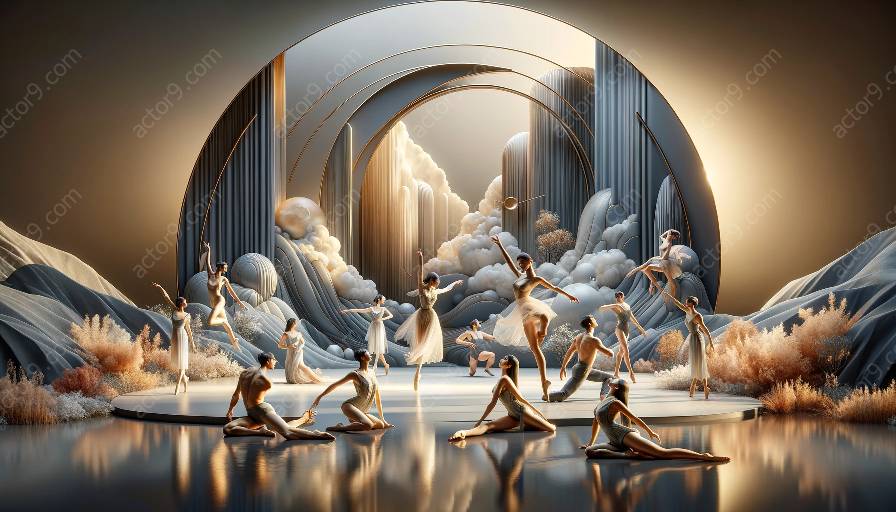Physical theatre, a captivating form of performance art, has gained prominence for its dynamic incorporation of improvisation and its profound implications on the expression of drama and creativity. In this discussion, we will explore how improvisation significantly impacts physical theatre and its compatibility with the elements of drama.
Understanding Physical Theatre
Before delving into the implications of improvisation, it's essential to understand the nature of physical theatre. Physical theatre involves the use of the body as a primary means of expression, incorporating elements such as movement, gesture, and non-verbal communication to convey narratives and emotions. This highly expressive form of theatre often transcends language barriers, making it a truly universal art form.
Elements of Drama in Physical Theatre
In physical theatre, the elements of drama are heightened through the physicality and expressiveness of the performers. These elements include plot, character, theme, and spectacle, all of which are conveyed through the actors' bodies and movements. The fusion of these elements with the raw energy of physical expression creates a powerful and immersive theatrical experience.
Role of Improvisation
Improvisation plays a crucial role in physical theatre, allowing performers to tap into their creativity and spontaneity. The unscripted nature of improvisation in physical theatre gives artists the freedom to explore new narratives, emotions, and movements, leading to authentic and genuine performances. By embracing improvisation, performers can engage with the audience in real-time, creating an unpredictable and unforgettable theatrical experience.
Implications of Improvisation in Physical Theatre
The implications of improvisation in physical theatre are far-reaching, influencing the creative process, the relationship between performers, and the audience experience. Improvisation challenges actors to stay present, responsive, and adaptable, pushing the boundaries of traditional theatrical conventions. As a result, performances become inherently dynamic, giving rise to moments of spontaneity and emotional authenticity that resonate deeply with audiences.
Expressing Creativity and Emotion
Through improvisation, physical theatre artists can tap into their inner creativity and emotional depths, transcending the limitations of scripted performances. This form of artistic expression encourages performers to trust their instincts, fostering a deep sense of vulnerability and connection with the material. As a result, the audience is not only entertained but also enriched by the raw and authentic portrayal of human experiences.
Incorporating Improvisation as a Skill
Furthermore, the incorporation of improvisation as a skill in physical theatre empowers performers to adapt to unexpected situations, enhancing their ability to think on their feet and remain present in the moment. This skill set not only enriches the artistic process but also prepares performers to handle unforeseen circumstances, creating a sense of resilience and adaptability on and off the stage.
Conclusion
The implications of improvisation in physical theatre are profound, shaping the way performances are created, experienced, and remembered. Physical theatre, with its inherent embrace of improvisation, continues to push the boundaries of traditional theatre, offering audiences an immersive and unpredictable journey through the world of expression, creativity, and human experience.




































